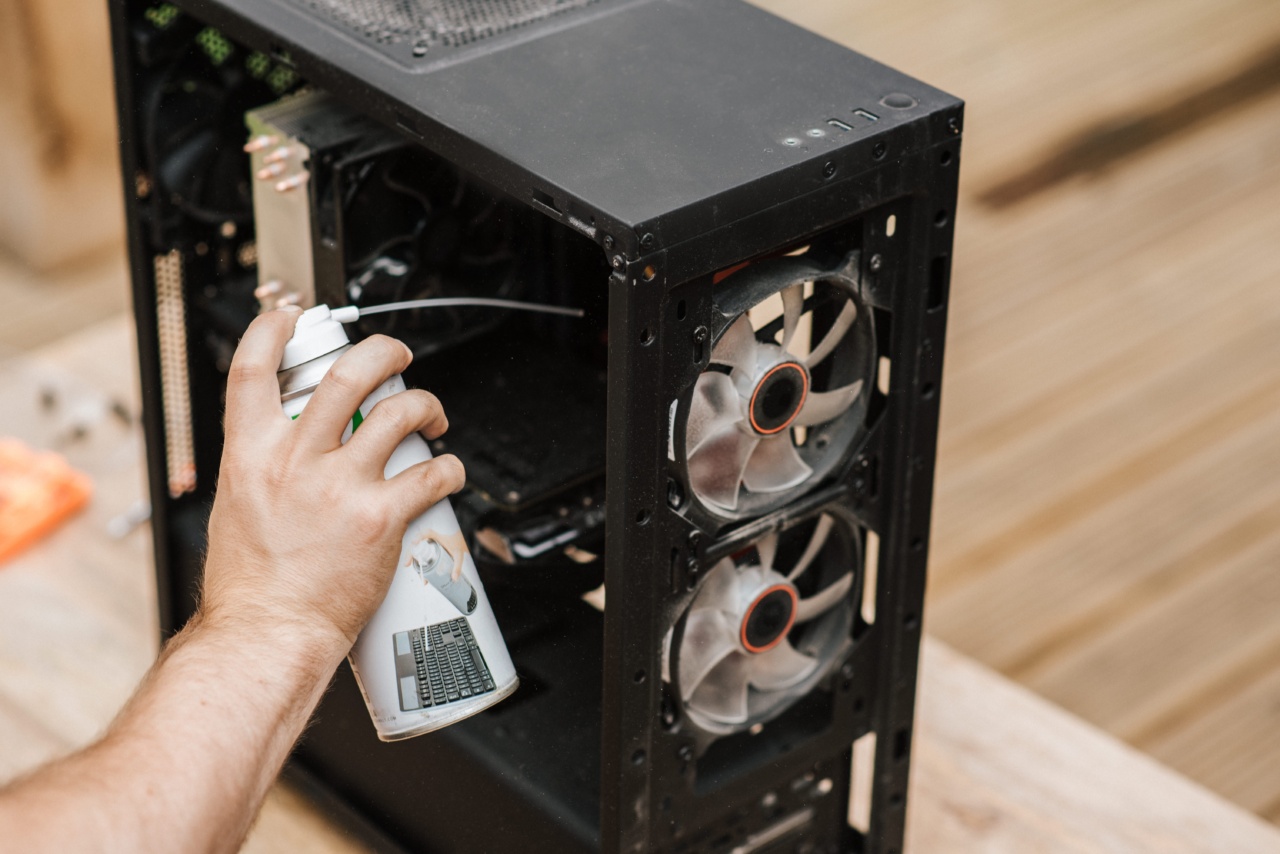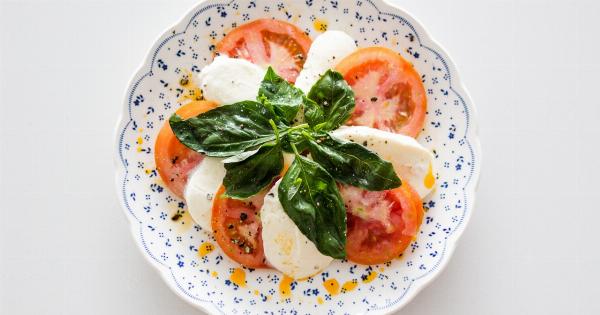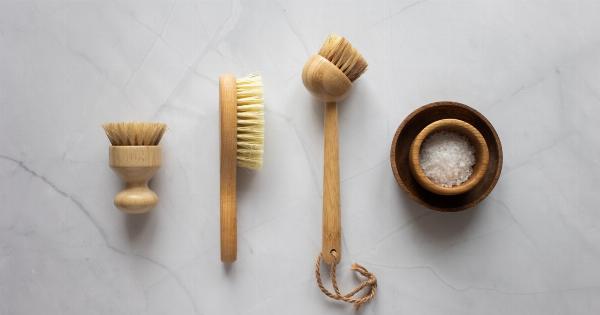When it comes to preserving fruits, understanding the right conditions can make a significant difference in their longevity and quality.
While we often focus on avoiding chronic conditions for our own health, certain chronic conditions can actually benefit the preservation of fruits. In this article, we will explore different chronic conditions that can protect your fruits, ensuring they remain fresh, nutritious, and flavorful for an extended period.
1. Cold Storage
Cold storage is one of the most common and effective chronic conditions used to protect fruits. Low temperatures slow down the ripening process and inhibit the growth of microorganisms that cause decay.
Storing fruits in a refrigerator or cold room can extend their shelf life and maintain their nutritional value. However, it is important to note that different fruits have different temperature requirements for optimal preservation.
2. Controlled Atmosphere Storage
In controlled atmosphere storage, the oxygen, carbon dioxide, and ethylene levels surrounding the fruits are carefully regulated. By manipulating these factors, the ripening process can be slowed down, resulting in prolonged freshness.
This chronic condition is commonly used for apples, pears, and other fruits that naturally produce ethylene gas, which accelerates ripening.
3. Humidity Control
Humidity plays a critical role in fruit preservation. Some fruits, like grapes and berries, require higher humidity levels, while others, such as apples and citrus fruits, prefer lower humidity.
Maintaining optimal humidity helps prevent the loss of moisture, which can lead to shriveling and spoilage. By controlling humidity levels, fruits can retain their firmness, juiciness, and overall quality.
4. Darkness
Exposure to light can accelerate the degradation of certain fruits. Ultraviolet (UV) radiation causes the breakdown of vitamins and pigments, leading to changes in flavor, color, and texture.
Storing fruits in a dark environment, such as a pantry or covered storage, can protect them from these detrimental effects of light. Additionally, darkness helps minimize temperature fluctuations that can occur from direct sunlight.
5. Proper Ventilation
Good airflow is crucial for fruit preservation. Adequate ventilation helps regulate temperature, moisture, and ethylene gas levels, preventing the buildup of harmful gases that can speed up the ripening process.
Fruits require oxygen while releasing carbon dioxide, and proper ventilation ensures a balanced gas exchange, maintaining freshness and preventing decay.
6. Low Oxygen Atmosphere
Creating a low oxygen atmosphere is another chronic condition beneficial to fruit storage. By reducing the oxygen levels in the storage environment, respiration rates of fruits decrease, which in turn slows down the ripening and deterioration processes.
However, it is important to monitor oxygen levels carefully, as extremely low oxygen can cause damage to certain fruits.
7. Temperature and Humidity Changes
Varying temperature and humidity conditions can be utilized to control the ripening process. For example, exposing certain fruits to low temperatures temporarily and then transferring them to higher temperatures can delay ripening.
This technique is often employed in the commercial storage of fruits where controlled temperature and humidity changes help prolong their shelf life.
8. Ethylene Absorption
Ethylene gas, which is naturally produced by some fruits, accelerates the ripening of other fruits.
Using ethylene-absorbing substances, such as potassium permanganate or activated charcoal, can help control the ripening process and prevent premature deterioration. This method is particularly useful when storing fruits with different ripening speeds together.
9. Wound Healing Treatments
When fruits are damaged, they become more susceptible to decay and spoilage. Applying appropriate wound healing treatments, such as antifungal or antibacterial agents, can prevent the growth of pathogens and help fruits heal.
These treatments create a protective barrier, reducing the risk of infection and extending the shelf life of damaged fruits.
10. Low Relative Humidity
While some fruits thrive in higher humidity environments, others require low relative humidity for optimal preservation. Low humidity inhibits the growth of mold and prevents the fruits from becoming excessively soft or rotting.
Fruits like apples and pomegranates are best stored in low humidity conditions, maintaining their texture and nutritional value.
By understanding and implementing these chronic conditions, you can effectively protect your fruits from damage and deterioration, enhancing their longevity and preserving their health benefits.
Experiment with different storage methods and conditions to find what works best for the specific fruits you have on hand. Enjoy the experience of keeping your fruits fresh, delicious, and nutritious for as long as possible!.






























